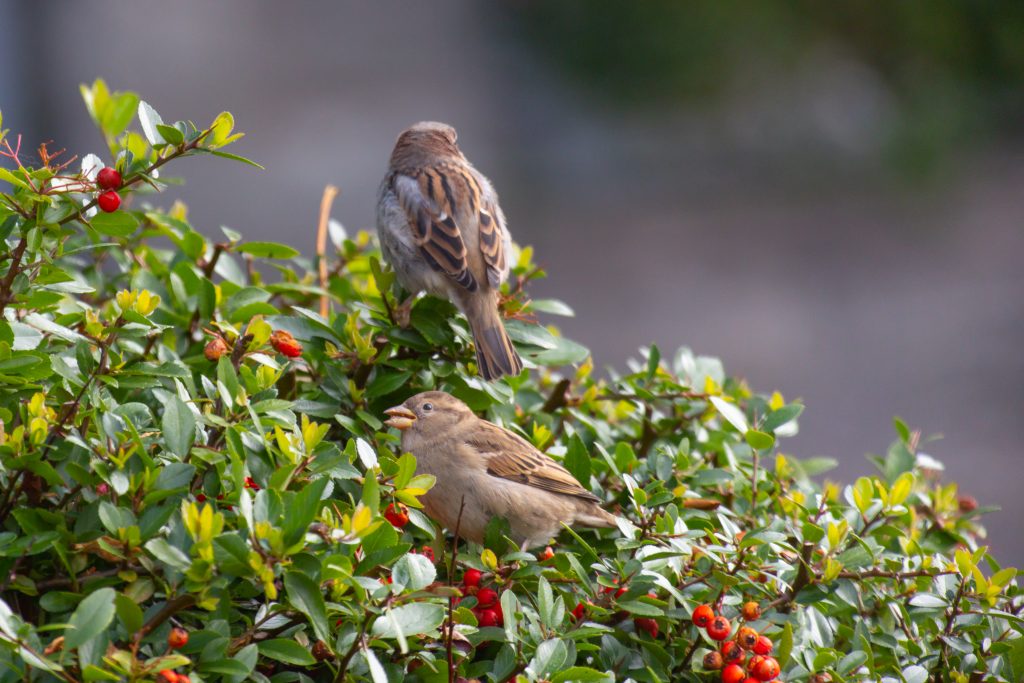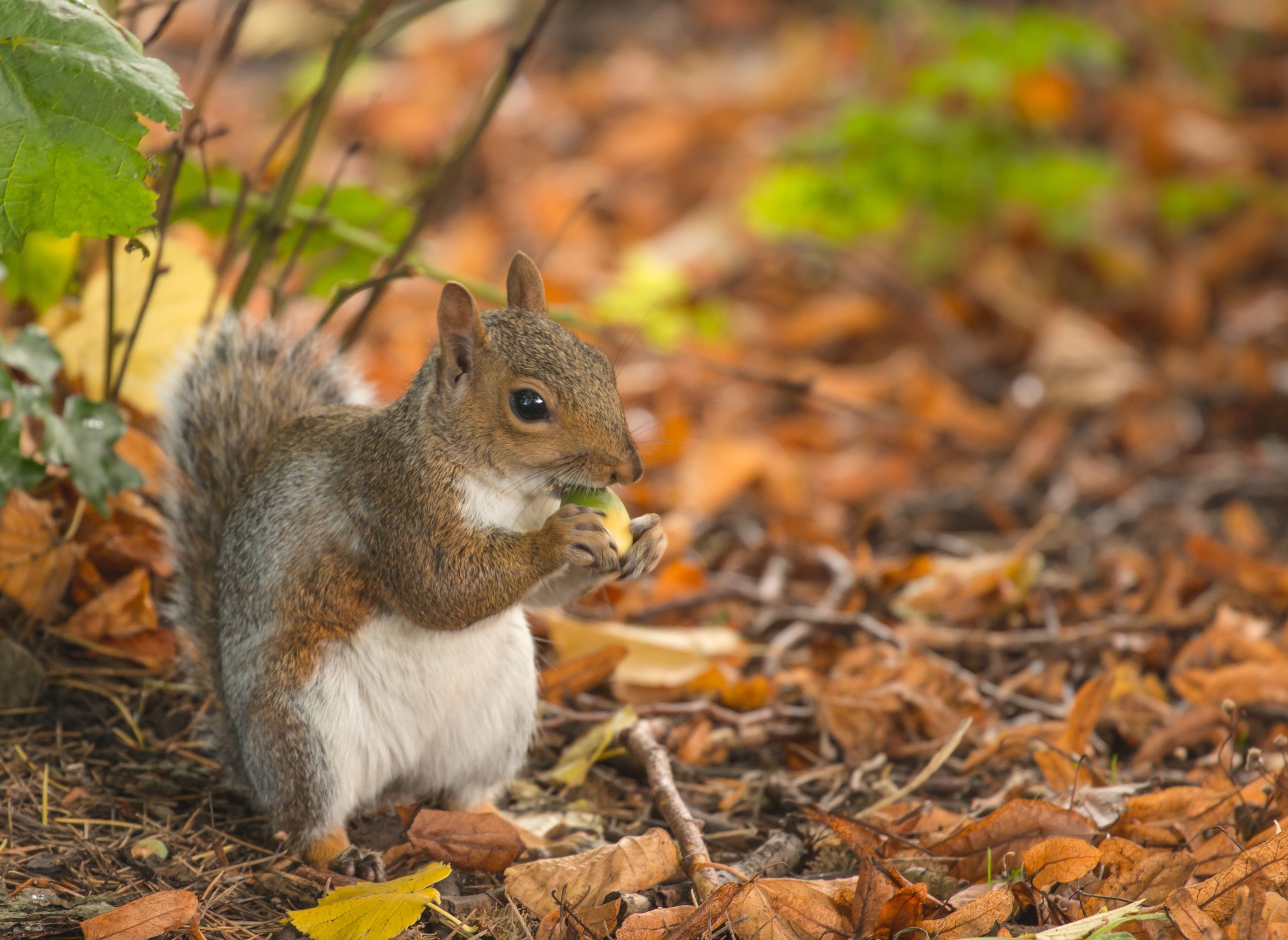Your October Garden
You might consider the garden to be coming to an end, but there is much to see and even more to do in Autumn. If you haven’t already done so, now is time to pull up summer bedding.
You should get the spring plants and bulbs in while the soil is moist, so that they can grow and establish before winter.
Plants of the Moment – Berried Treasures
Berry-bearing trees and shrubs come into their own in autumn, creating colourful displays that can last well into winter. From elder berries to rose hips, crab apples to firethorns, the addition of berrying plants adds to a new dimension to any garden, with plants carry fruits and berries through autumn and into winter. Evergreen shrubs provide structure and form to the garden throughout the year; many produce early displays of flowers followed by autumn berries.
Some of the best include Pyracantha (Firethorn) with red, yellow or orange berries, Skimmia- many female varieties produce wonderful displays of berries including Skimmia japonica subsp. reevesiana, Skimmia japonica ‘Nymans’ and ‘Obsession’. Male varieties are equally appealing with great flower displays, like ‘Magic Marlot’ and ‘Rubella’. Gaultheria mucronata (formerly called Pernettya) come with berries in pink, red or pure white, looking great in a pot. Cotoneaster, a deciduous or evergreen shrub, grows as ground cover, hedging or wall covering and includes Cotoneaster horizontalis, Cotoneaster ‘Coral Beauty’, C. ‘Cornubia’, C. lacteus, andmany others. Or for something a bit different, try the purple berries of Callicarpa bodinieri ‘Profusion’.

Jobs for the garden
- Plant spring-flowering bulbs such as snowdrops and daffodils but leave planting tulip bulbs until
November - Deadhead roses to bring a little flurry of October colour. Reduce long climbing stems to protect themfrom the ravages of the wind, reduce just enough to keep them secure.
- Now is the best time to plant trees and shrubs while the soil is warm and moist. Although you can plantpot-grown shrubs all year, in autumn you can also buy bare-root trees and shrubs and all will establishmore easily.
- Divide herbaceous perennials. Lift clumps and then divide into pieces, either by prising apart with twoforks or cutting up with a spade or bread knife. Each piece needs some leaves and roots.
- Harvest crops of onions when the leaves begin to flop over. Pumpkins and squash should be raised off the ground to ripen in the sun before harvesting. Harvest sweetcorn when the juice turns creamy and the tassels brown
- Dig up remaining potatoes. Store in a hessian sack and make sure the slugs can’t get in.
- Leaves need to be cleared so brush or rake them off lawns and paths and put on a compost heap or
place in a black bin bag, put a few holes in the bag, tie it up and leave it alone till next year for great leaf mulch. Consider a corner of the garden left with leaves and scraps for wildlife to shelter. - Carry out autumn lawn maintenance, including aerating, scarifying, top dressing and feeding. Reseed
bare patches, and create new lawn from seed. - Attack overgrown ponds. Plants should cover a maximum of 50%nof the surface, so clear-out if yours is more. Divide and replant waterlilies at the same time, and remove leaves as they turn yellow.
- Move truly frost-tender plants into the greenhouse. Lift frost tender summer flowered bulbs and tubers Gladioli, Dahlia, Canna and Begonias require special attention at this time.
- 6 Myths About Funerals from Leighton Buzzard’s Dillamores.
- Glitter Me Up Leighton Buzzard
- The Rise and Rise of Sip & Paint
- 5 of the Best Luxury Beauty Advent Calendars 2025
- Free Help To Quit Smoking In Central Bedfordshire with Choose You












